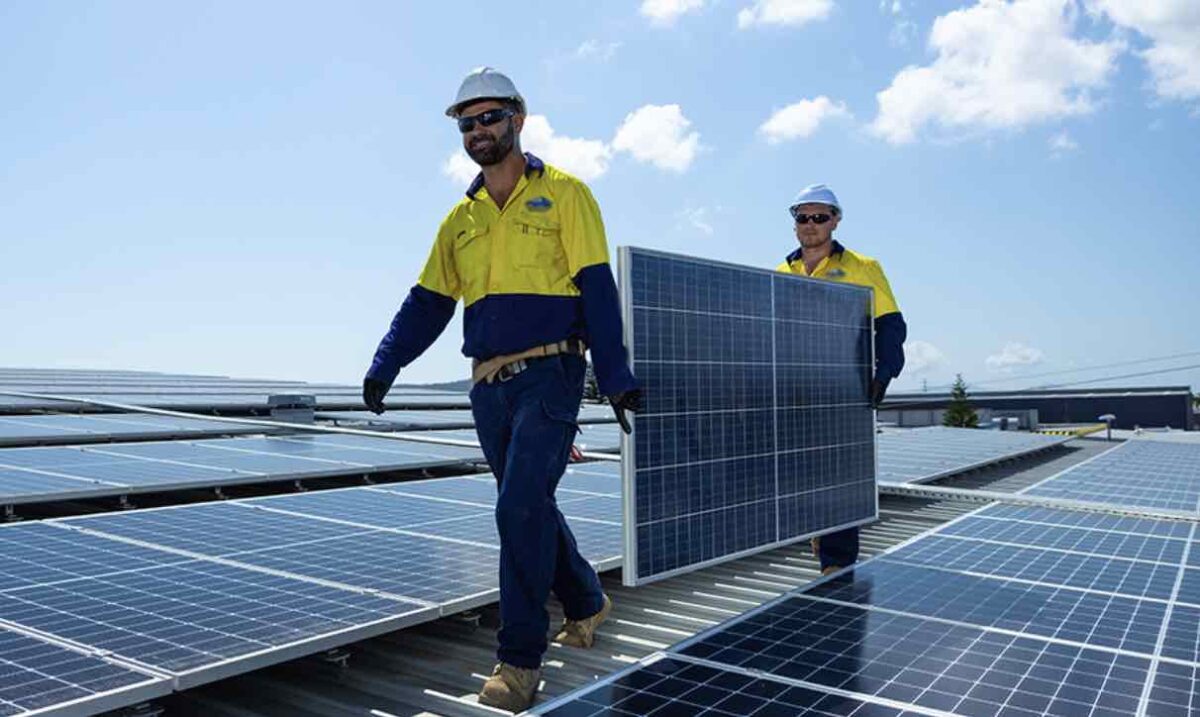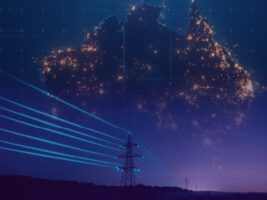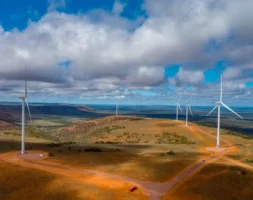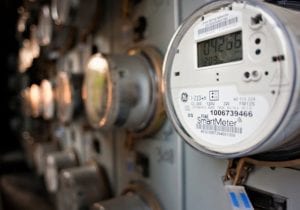Queensland wants to depart from national inverter norms, a move industry experts say will lead to widespread non-compliance and headaches for equipment manufacturers.
The draft Queensland Electricity Connection Manual wants multi-phase connections to use inverters with a maximum current of 20 amps, or 4.6 kilowatts (kW).
The rule, buried deeply on page 89 of the 211 page document, is designed as part of phase balancing requirements that make sure the right volumes of electricity are being taken from and put into the grid.
This wouldn’t be a problem, if the national standards followed by the rest of the country for inverters weren’t already set at 21.7 amps and 5 kW.
It will mean original equipment manufacturers (OEMs) will need to specifically design inverters for the Queensland market, an outcome which will dramatically reduce the number of models available for use in the sunshine state.
“Queensland is not big enough to go its own way. Look at what the others are doing and go the same way. Anything else will risk solar prices in Queensland being higher than anywhere else, because inverter manufacturers will stop selling there,” says Solar Analytics CEO Stefan Jarnason.
Solaredge technical director James Sturch says the change, alongside other stipulations laid out in the draft manual, is not fair for consumers and unenforceable because unlike Victoria, Queensland does not require all systems to be inspected.
“Technically, systems over a certain capacity have to be signed off by an engineer but for small residential systems, it’s almost faith that installers will do the right thing,” he told RenewEconomy.
He says Queensland is looking at distributed energy resources from the perspective of worst case scenarios, which makes all connected electrical devices “a problem that must be controlled”.
“They don’t appreciate the speed with which OEMs are moving, that we are making things that benefit consumers but also benefit the network,” he says.
“SolarEdge produces products which are really focused on the consumer and getting the most out of renewable energy and maximising self-sufficiency and lack of reliance on the grid.”
“We don’t want a consumer to be charging their EV at 6pm at peak tariff.”
Let us control your devices
The draft document has thrown up a number of controversial issues that dictate how and when Queenslanders can use their rooftop solar and electric devices.
The well-publicised emergency backstop mechanism is in there, a kill switch that allows network operators to switch off individual solar systems remotely and throw any load currently being fed by that system onto the grid.
South Australia and Western Australia are currently solving that problem by using cloud-based technologies that dial up or down residential exports rather than turning the whole system off — a move experts expect will be used around the country within the next few years.
The draft wants to require that ‘contactors’, devices that can turn electrical circuits off and on, are installed on circuits handling more than 40 amps of resistive loads — simple loads created by lighting or heating — and on those of more than 20 amps of more complex inductive loads that create higher power surges when turned on and off.
This means Energex or Energy Queensland will be able to turn off any loads above that rating if they think the grid requires it, such as your 37 amp induction oven while in use, Sturch says.
The document also outlines the plan to limit electric vehicle (EV) chargers to to 20 amps, or require them to be on an active dynamic management system which allows networks to switch them on or off at will.
Fast chargers can’t be connected to a homeowner’s rooftop solar, meaning they must buy back the power they sold into the grid to charge their car but at the higher fee charged by the network.
“These are consumer assets, these are things that consumers purchase to put on their own properties, but the networks are trying to dictate how and when they can use them,” Sturch says.
“It’s ridiculous, because the networks haven’t illustrated the risk they’re trying to mitigate.”
Choice not control is the way forward
Instead of trying to control how Queenslanders use energy, network providers should giving them choice, says Jarnason.
“It should be a basic human right for people to self consume their own solar energy without being charged for it. Anything else is just outrageous. But people should get to choose,” he says.
“And behind the metre, that’s overreach.”
For example, around the country incentives are offered to encourage Australians to put their hot water on a controlled load, meaning they are heated at night. EV charging for example, should be similar except with an added ability to charge during the day from a home’s rooftop solar for free.
Queensland should also follow South Australia’s flexible export rules, rather than reinvent the wheel, and stop adding costs, he says.










